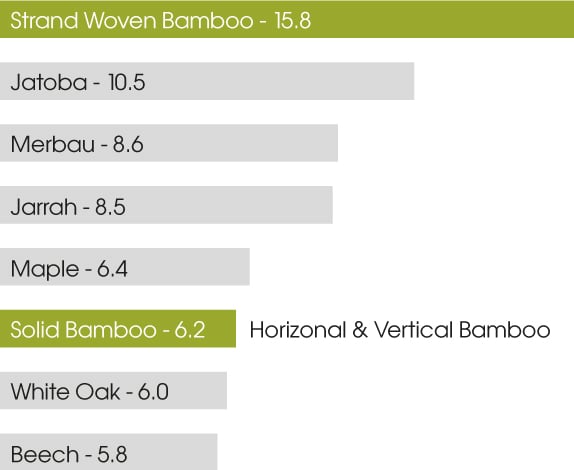Bamboo Facts
|
WHAT IS BAMBOO? Bamboo is part of the grass family and is an evergreen perennial flowering plant. It has a green outer cylindrical layer with a hollow stem. The outer part of bamboo is known as a culm and the ringed part on the stem is called a node. Bamboo has the ability to regenerate, meaning that it will continue to grow from the root after it has been harvested. Bamboo is one of the fastest growing plants in the world, with one species reaching a record 91cm in just 24 hours! There are many different species of bamboo, but the type of bamboo that is used for flooring and other manufactured products is called Moso Bamboo, or its scientific name is Phyllostchys Edulis. |
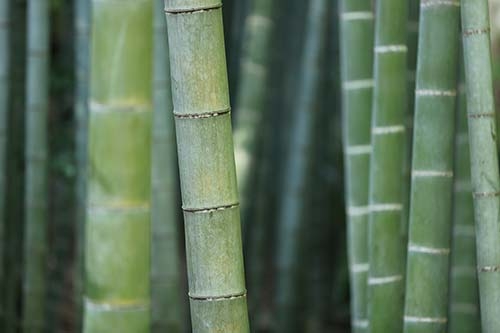 |
|
HOW AND WHERE DOES BAMBOO GROW Moso bamboo is native to China and Taiwan. It is classed as a giant bamboo and has been known to reach up to 28 meters tall. It grows very quickly and can reach maturity in around 5 to 6 years. It continually reproduces by sending culms of bamboo from its underground stem (called a rhizome). Moso bamboo does flower but the process is very sporadic and it only happens every 50 to 100 years. The flowers produce seeds which fall to the ground and germinate very quickly to create new Moso bamboo plants. All types of bamboo have self-regenerating properties, which mean that once they have been cut down during a harvest they will just grow again from the root, which eliminates the need for the re-planting of new crops. The rapid growth and clever regenerating properties of bamboo are making it a popular alternative to hardwood as a material for flooring, furniture and utensils. It is classed as an renewable, eco-friendly and sustainable material.
|
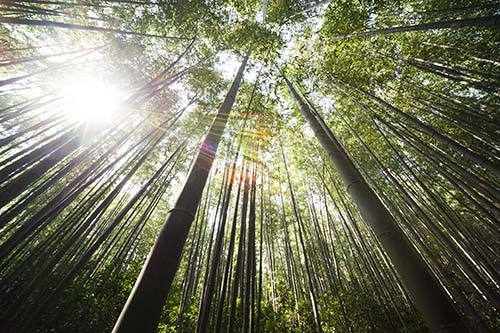 |
|
HOW IS BAMBOO HARVESTED? Moso bamboo forests are usually harvested every five to six years. This is done very carefully, by hand, to ensure the self-regenerating root is not damaged. If the root is in-tact the bamboo will continue to grow and be ready for another harvest in five years’ time. During the harvesting season of a bamboo forest, a methodical and systematic approach is used to make sure that the whole forest is not cut. The bamboo forest is usually spilt into different sections and colour coded so that it is only cut after the fifth year, once it has reached full maturity. This ensures that healthy, abundant crops of bamboo can be harvested each year as a particular section of the forest reaches its maturity. |
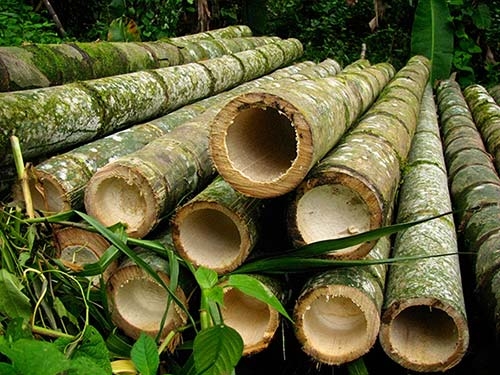 |
|
HOW STRONG IS BAMBOO? Bamboo is an extremely strong natural material. It actually has a higher fibre rating than wood, meaning it can withstand compression better than timber and even concrete. It also has greater tensile strength (its resistance to being pulled apart) than steel. In order to test bamboo in comparison to other flooring materials (in the UK), the Janka Hardness Scale is used. It is a complex test which drives a small steel ball into the wood or bamboo to a certain depth. They are then able to measure the hardness and compare it another species of bamboo or wood. Bamboo flooring rates very highly compared to types of hardwood flooring:
|
Janka Hardness Scale – Kilonewtons (kN) The higher the number, the harder the floor surface.
|
|
IS IT REALLY AN ECO-FRIENDLY ALTERNATIVE TO WOOD? As bamboo is a fast growing, self-regenerating grass, it is much more sustainable and environmentally friendly than more traditional hardwood flooring options. For example, bamboo takes around five years to reach maturity, whereas a hardwood tree could take decades to grow until it is mature enough to be harvested. In addition to this, bamboo forests are harvested by hand, which ensures that the root of the grass is unspoilt, allowing it to naturally self-propagate and continue to produce healthy and abundant crops for future harvests. The bamboo forests are sustained year on year as the entire forest is not harvested all at once.
|
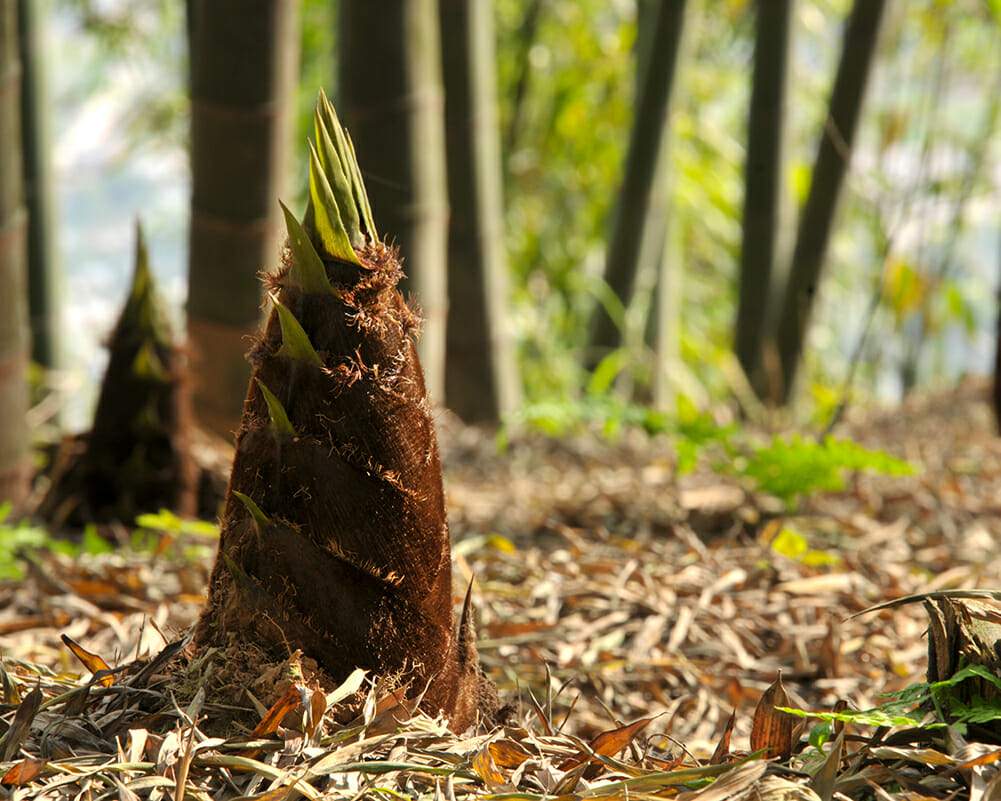 |
|
WHAT PRODUCTS ARE MADE FROM BAMBOO? Due to bamboo’s extreme strength, flexibility, versatility and sustainability, we are seeing more and more everyday products being made from bamboo. The bamboo can either be cut into thin strips and glued together or the bamboo fibres can be shredded and woven together, which creates a stronger and more durable product. China and South East Asia have been using bamboo for centuries for food, writing material, building materials and scaffolding, but more recently bamboo has become very popular for other products such as: 2. Flooring, furniture, worktops and cabinets 3. Weapons for martial arts such as: staffs, swords, bows and arrows 4. Cooking utensils like chopping boards, fruit bowls and chop sticks 5. Sporting equipment, for example, bicycles, surfboards, skateboards, snowboards and fishing rods |
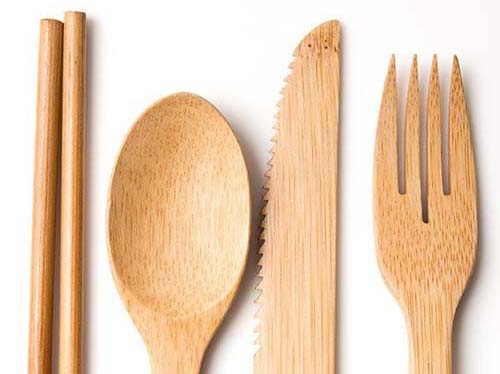 |
|
10 FACTS ABOUT BAMBOO
1. Bamboo is a grass, not a wood 2. A certain species of bamboo is one of the fastest growing plants on the planet. It has been recorded to grow over 90cm per day! 3. There are over 1400 different species of bamboo plants 4. The scientific name of bamboo is Bambuseae 5. Bamboo has incredible tensile strength: 28,000 PSI compared to steel which has only 24,000 PSI 6. Bamboo has a higher specific compressive strength than wood, brick or concrete 7. Bamboo releases around 30% more oxygen into the atmosphere than other plants. It also absorbs more carbon dioxide, meaning that it significantly helps to produce ‘clean air’ 8. All types of bamboo are renewable and sustainable resources. Once they have been harvested they will continue to grow from the existing root 9. Bamboo requires no chemicals or pesticides to grow. It gets all the nutrients it needs from its own fallen leaves which will fertilise the soil. 10. Bamboo is used for a wide range of products including: textiles, weapons, furniture, building equipment, paper and even scaffolding |
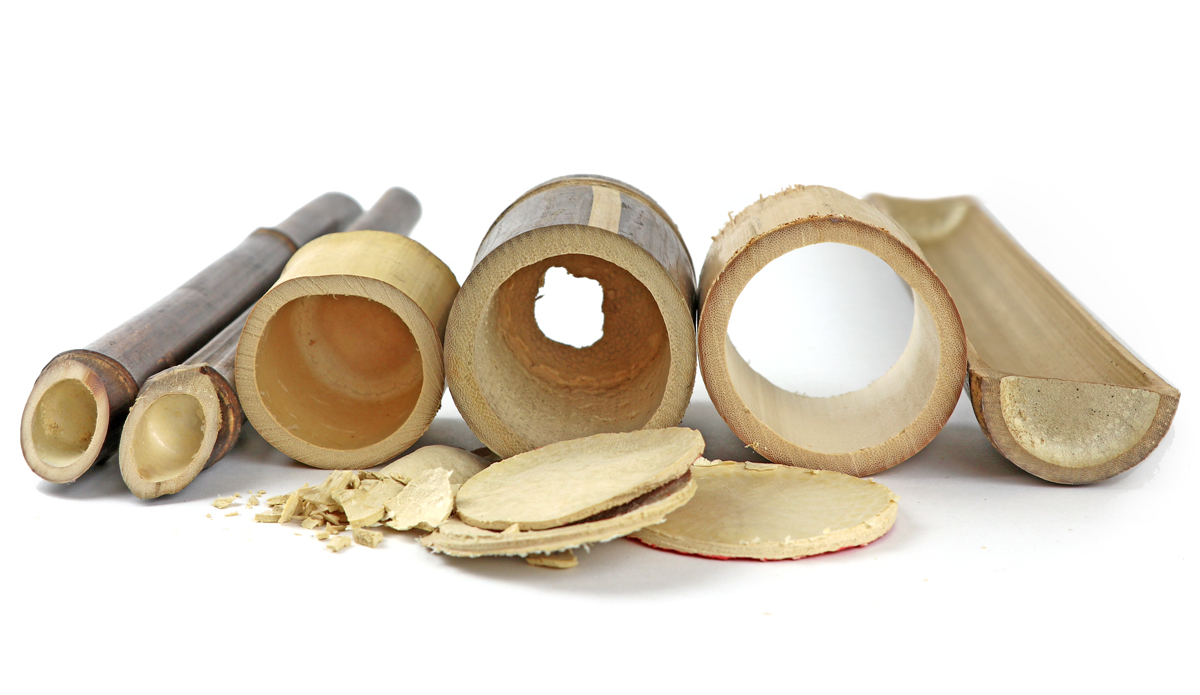 |

